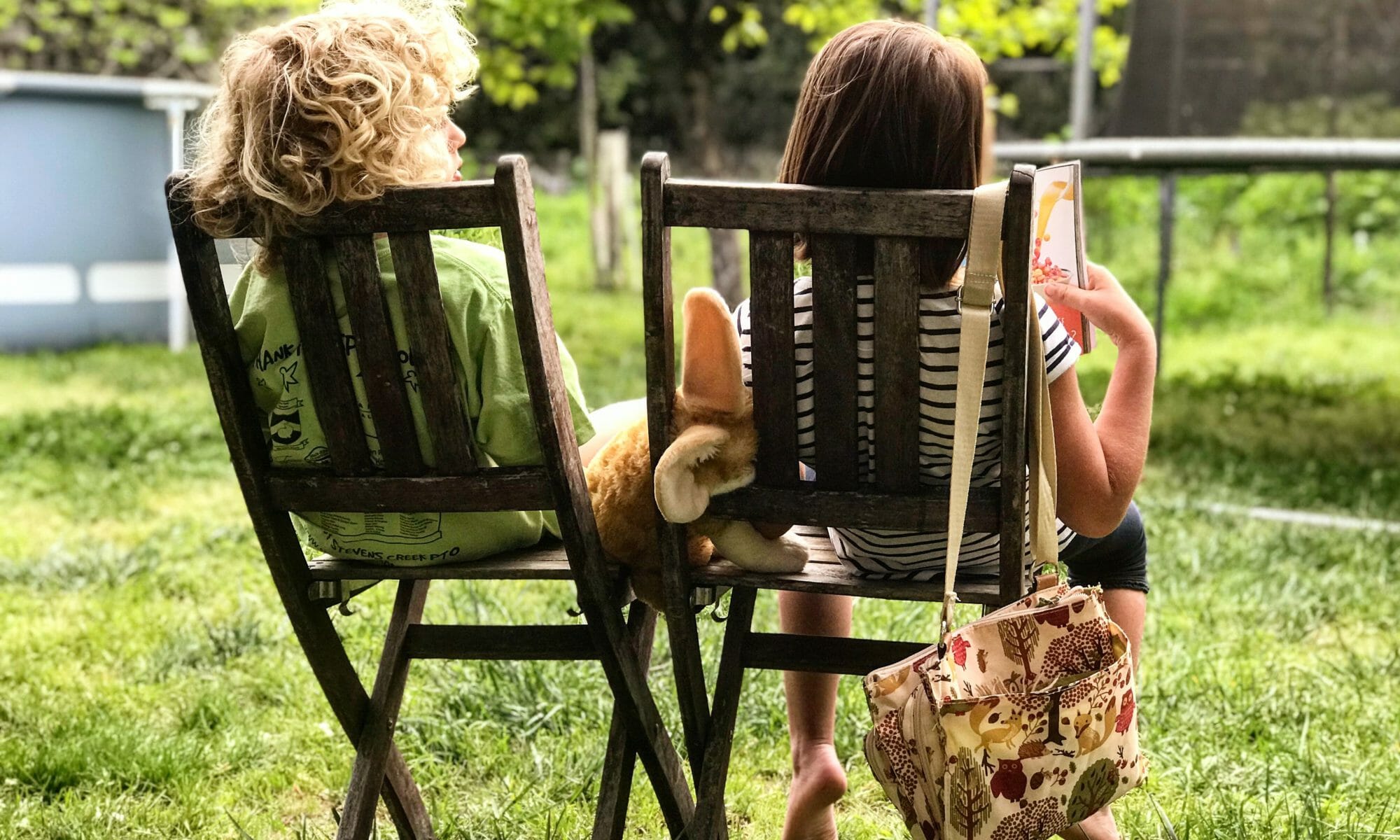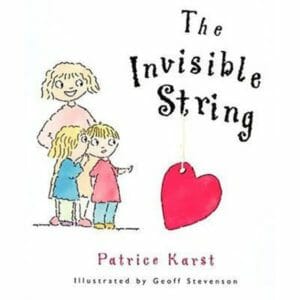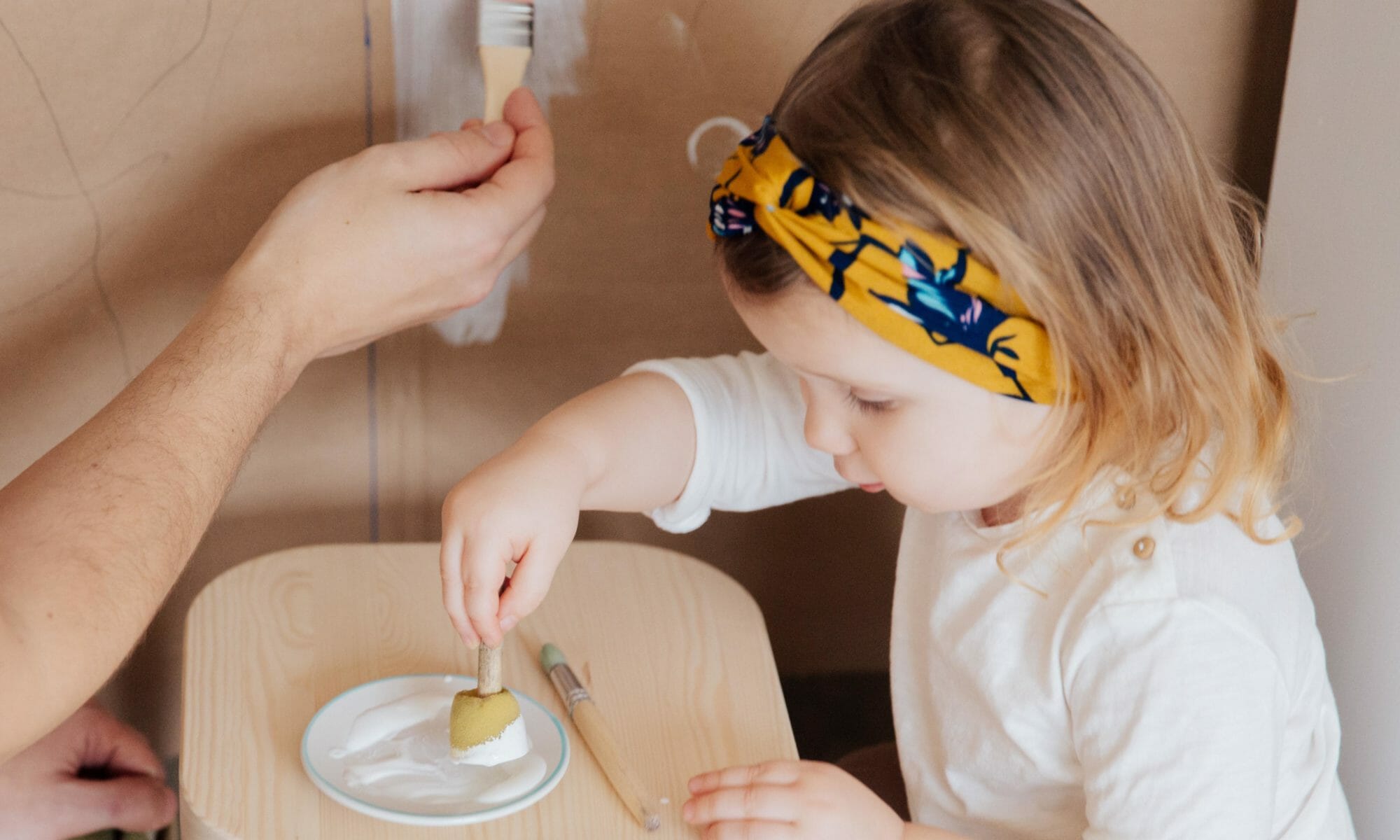Authoritative and authoritarian parenting might sound like the same thing. In truth, they are quite different. They involve different approaches to behavior and vary in their level of success.
How do these parenting strategies differ? How do they affect your child’s development? Which one is better and how can you implement it into your household?
Read on to find out everything you need to know about authoritarian and authoritative parenting.
What Is Authoritarian Parenting?
Authoritarian parenting tends to follow an older school of thought. Built upon the foundations of children being seen and not heard, it utilizes phrasing like, “because I said so.”
This parenting style is characterized by a lack of positive reinforcement and encouragement. Authoritarian parenting strategies involve strict rules and high expectations. At the same time, they fail at providing children with the resources and support required to succeed.
A child’s inability to listen or behave is quickly followed by severe consequences. In a way, the child was set up for failure, then punished for their lack of success. Shame, embarrassment, and guilt are common themes, along with a general sense of disapproval.
What Is Authoritative Parenting?
Authoritative parenting does not shy away from high expectations. In fact, setting clear goals is a large part of authoritative parenting. It revolves around the idea of building your child up to help them succeed while maintaining reasonable boundaries.
This parenting style includes sensitivity, positive reinforcement, and transparency. It involves explaining the reasoning behind decisions and rules. It utilizes open communication and encourages discussion.
Authoritative parents take time to listen to and acknowledge their children. They do not act dismissive or demeaning, even when the child’s views or opinions seem unfounded or “out of line.” It is not a quick-fix solution for behavioral issues and requires both patience and time.
Key Differences Between Authoritarian and Authoritative Parenting
In both authoritarian and authoritative parenting, it is the parents who should be setting the limits and enforcing rules. The difference lies in how this is accomplished.
Parental Attitude
Authoritarian parenting is unresponsive and cold in nature. Parents address emotion as a weakness and resort to punishment or criticism when their child is struggling.
Authoritative parents, on the other hand, are warm and responsive. By approaching their children in this manner, they can foster positive attachments. This is often associated with higher levels of confidence.
Authoritative parenting means exerting control over your own emotions to avoid conflict escalation. Rather than reprimanding children for outbursts, parents start calm and constructive discussions. Studies show that kids who grow up in a supportive environment tend to be happier and exhibit more positive behaviors.
Rules
Authoritative and authoritarian parenting styles are similar in one way. They both have high expectations and strict rules. The difference lies in rule enforcement.
Authoritarian parents do not allow their children to ask questions. They expect children to follow rules in compliant silence.
This attitude often causes children to be anxious and insecure. It can also lead to misunderstandings when rules are not entirely clear.
Authoritative parenting involves a warm and nurturing approach. Parents explain rules in detail and support them with reasons. Authoritative parenting encourages children to ask questions if they don’t understand or agree.
In turn, children learn to think critically, communicate with confidence, and feel included.
Discipline
Authoritative parenting involves holistic consequences, such as computer restrictions or limited activity. Authoritarian parenting often resorts to demeaning or harsh punishment. Parents exert more control over their children but are less effective in their follow-through.
On the other hand, authoritative parents often set higher standards. They are more consistent when following through with discipline. They use inductive discipline, which encourages their child’s prosocial behavior and empathy.
Communication
Parents who default to an authoritarian strategy often lose control of their emotions. They may resort to yelling, name-calling, or scolding to achieve order and control. Communication is unidirectional, with the parent doing the speaking and the child remaining silent.
Authoritative parents often set their emotions aside. They look at each situation as a learning opportunity. These parents encourage open discussion, which helps their children feel supported and included.
Control
Authoritarian parents try to over-control or micromanage their children. Control over behavior is often not enough. They need to have emotional control as well to feel secure in their parental role.
This parenting style is like a dictatorship in that it relies on fear. It is a one-way street. Whatever the parent says is right and should be listened to and believed without question or protest.
This is different from authoritative parenting, where standards remain high, but children have leeway to make their own choices and mistakes. Control is not the ultimate goal. Parents focus on fostering independence and the ability to self-regulate, only offering corrections when necessary.
Authoritarian vs. Authoritative: Effects on Children
Authoritarian parents tend to be less involved in their children’s lives. They set expectations and wait for them to be followed with obedience. This has the potential to backfire in more ways than one.
Children raised under authoritarian parenting tend to be insecure and self-deprecating. They are prone to bullying, disruptive behaviors in school, and depression. Some find academic success, but in general, their performance is lacking.
Children with authoritative parents often achieve higher grades and success at school. This is likely because parent involvement correlates with higher performance.
Kids with authoritative parents also tend to have better self-esteem and mental health. They show high levels of resilience, picking themselves up with ease after a setback. These kids are better able to self-regulate and make decisions independent of their parents’ influence.
Which Parenting Strategy Is Better?
Many studies support authoritative parenting as the more effective parenting strategy. Children raised under an authoritarian thumb are more likely to have mental-health issues and poor peer relations.
But if authoritarian parenting is so counterproductive, why do some parents still resort to it?
The answer is that old habits die hard. People raised by authoritarian parents often fall into the habits they picked up from their parents.
Another reason is that authoritarian parenting feels easier. Losing your temper is simple, but maintaining control when you’re frustrated takes practice. Even parents raised in an authoritative household can struggle.
The fact of the matter is no one is perfect. We all make mistakes or lose our temper from time to time. The important thing is to recognize those mistakes when they happen.
Learn from your errors and be transparent about them with your children. Not only does this set a good example, but it encourages attachment behaviors and positive relationships.
Tips for Authoritative Parenting
You might be new to the authoritative parenting style. Perhaps you have been practicing it for years. Wherever you are in your parenting journey, these tips will help take your strategy to the next level.
Listen
Take time to listen to your child. Don’t ask how their day went, then start checking emails on your phone. Remain engaged.
What your child has to say may not always seem important to you. To them, it might feel like a matter of life and death. Staying connected and attentive makes them feel heard and appreciated.
Validate
Children are not born with a complete vocabulary and understanding of their emotions. It is your job to help them recognize their feelings, name them, and understand their connection to behavior.
Acknowledge that whatever they are experiencing is acceptable. Avoid saying things like, “stop crying,” or “don’t be a baby.” These are very invalidating statements that leave them feeling vulnerable and insecure.
Instead, focus on the behaviors, not the feelings. Being angry is okay and normal. Hitting, kicking, and biting, however, are not acceptable.
Make sure you discuss the difference with your kids.
Be Clear
Some rules are non-negotiable. These might be age-restricted rules, they might be educational, or perhaps they are family-wide rules. The important thing is to be clear about why these rules are in place.
“Don’t stick your finger in the light socket.”
To an adult, this is a reasonable and logical rule, but to a child, it’s like telling them they can’t open a new present. So, give them a reason. Even if they don’t understand that electrocution can kill, it will hold more weight than a generic, “because I said so.”
Use the One-Warning System
When you are straightforward with your children, then there is no room for doubt about expectations. So, consequences should also come as no surprise.
Be careful not to leap to serious punishment, especially for minor infractions like not doing their housework on time. Instead, start with a clear warning. “If you don’t take the trash out before dinner, then you won’t get to play Minecraft with your friends later.”
Not only have you reiterated the expectation, but you have established a tangible consequence. Now, you must follow through.
If your child fails to take the trash out, then you should not let the occasion slide. This teaches them that your words are hollow. In the future, they are less likely to listen, and you are less likely to remain calm and understanding.
Offer Incentives
Incentives are excellent for encouraging motivation. These can be anything from a sticker for doing their chores to money put towards a family road trip fund.
Incentives, however, are two-sided. If your child fails to hold up their end of the bargain, then you can’t give in to their crocodile tears and tantrums. On the flip side, if they do follow through, you better deliver on your end of the bargain.
Whenever you use incentives in authoritative parenting, be sure the expectations are realistic for all parties involved.
Allow Choices and Encourage Self-Regulation
If you decide everything for your child, they might struggle to make their own choices later in life. Even little things like, “do you want cereal or toast,” teach them to think for themselves.
This can also be used when it comes to discipline and behavior management. Encourage your children to find ways to manage their emotions, such as going for a walk or taking deep breaths.
Encouraging self-regulation makes your child more independent. Instead of scolding them for forgetting to do something, make a checklist or schedule to help them remember. Have them run through the list each day and reward them for their consistency.
Focus on What You Can Do
Co-parenting with no communication, or with minimal communication, is extremely challenging. It is important to accept that you won’t always have control over what happens when your child is away.
Even when parents stay happily married, there are many times when discipline is out of your hands. When your child goes to school or over to a friend’s house, you must relinquish control.
Don’t lose your nerve and give up on being a better authoritative parent just because your ex-spouse is uncooperative. Even having one authoritative household in their life will help improve your child’s well-being and set them up for success.
Maintain Healthy Relationships
You are not here to be your child’s best friend. They don’t always have to like you or even listen to you. However, that doesn’t mean you can’t have a positive and healthy relationship with your kids.
Being an authoritative parent is about setting a good example and following through with expectations. It involves showing love, affection, and support. By setting clear boundaries and treating your child with respect, you will help them be a more successful and happy human.
One Day at a Time
Authoritarian parenting is all about control, dominance, and silence. It can leave children feeling inadequate, insecure, and depressed. Authoritative parenting is a better style to implement in your home.
Children raised with an authoritative parent are more successful in school and life. Foster a good and healthy relationship with your children. Set clear boundaries, practice listening, and be supportive.
Establishing consistent rules and parenting styles can be difficult when you are divorced. At 2houses, we help separated parents work together to enhance their children’s well-being. Click here to learn more about how 2houses can help your family.






















